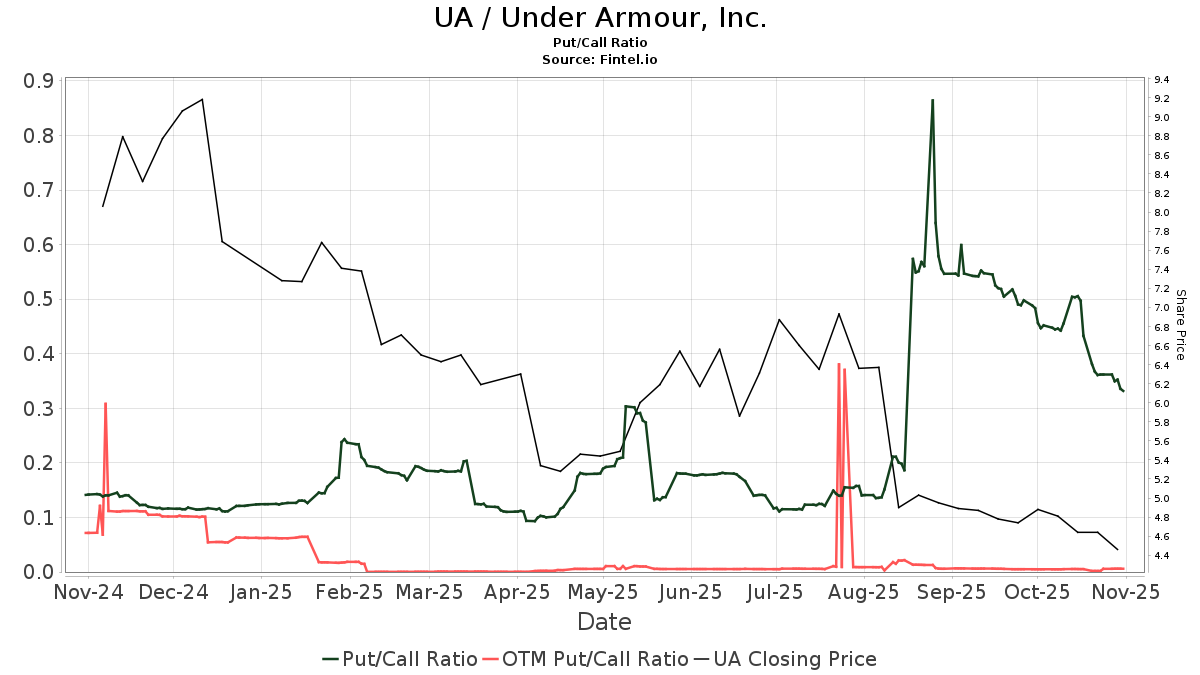February Natural Gas Prices Rise Amid Cold Weather Predictions
Natural gas futures for February (NGG25) closed higher on Thursday, gaining +0.027 to reach a price increase of +0.74%.
Market Influences Boost Prices
On Thursday, February natural gas prices recovered from earlier declines, ending the day on a positive note. This rebound was largely driven by forecasts suggesting below-normal temperatures across much of the US for the early part of this month, which is expected to increase heating demand for natural gas. Notably, weather forecaster Maxar Technologies reported that their predictions for January 12-16 have notably shifted colder compared to previous estimates. Additionally, a significant rise in European natural gas prices to a 14-month high further supported US prices.
Production and Demand Overview
According to BNEF, dry gas production in the Lower 48 states was reported at 104.9 billion cubic feet per day (bcf/day), down by 0.5% year-over-year. In terms of demand, it stood at 100.9 bcf/day, reflecting a 3.8% decrease from last year. Interestingly, net LNG flows to US export terminals were up to 14.6 bcf/day, marking a 1.9% week-over-week increase.
Electricity Demand on the Rise
When it comes to electricity generation, there has been an encouraging rise in output. The Edison Electric Institute reported that total electricity output in the US (Lower 48) for the week ending December 28 rose by 6.25% year-over-year to 77,960 GWh (gigawatt hours). For the 52-week period concluding December 28, output increased by 2.59% year-over-year, amounting to 4,181,671 GWh.
Weekly Inventory Projections
The market anticipates that the Energy Information Administration (EIA) will report a decrease in natural gas inventories by -128 bcf for the week ending December 27. This figure exceeds the 5-year average draw of -104 bcf during this timeframe.
Recent Inventory Trends
A week prior, the EIA’s report was viewed as bearish for natural gas prices, as inventories fell by -93 bcf but were less than the anticipated -100 bcf. In contrast, this draw was significantly smaller than the 5-year average draw of -127 bcf for this period. As of December 20, national inventories were 1.1% higher than last year and 4.9% above the 5-year seasonal average, indicating there are still sufficient supplies. In Europe, storage accounted for 74% full capacity as of December 28, slightly below the 5-year average of 78% full.
Rig Count Stable
Baker Hughes reported that the count of active natural gas drilling rigs in the US remained steady at 102 as of the week ending December 27. This count is modestly above the recent 3.5-year low of 94 rigs recorded on September 6. The number of rigs has declined from a 5.25-year high of 166 rigs in September 2022, which followed a pandemic-era low of just 68 rigs in July 2020, marking the lowest count since tracking began in 1987.
On the date of publication, Rich Asplund did not have (either directly or indirectly) positions in any of the securities mentioned in this article. All information and data in this article is solely for informational purposes. For more information please view the Barchart Disclosure Policy here.
The views and opinions expressed herein are the views and opinions of the author and do not necessarily reflect those of Nasdaq, Inc.




